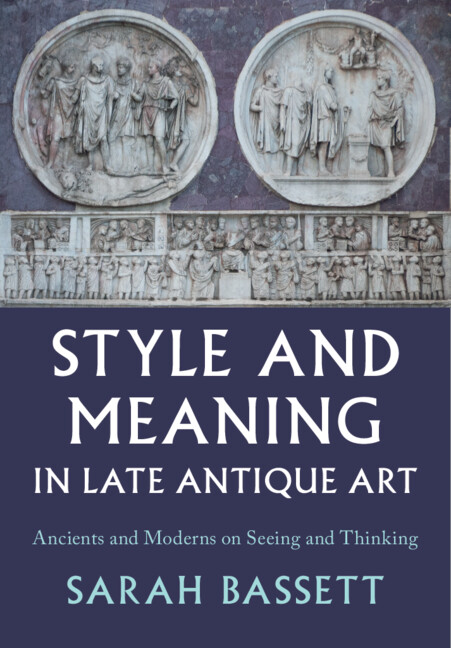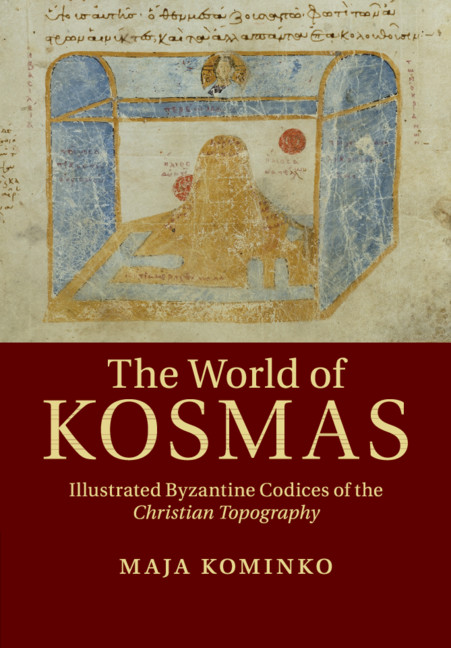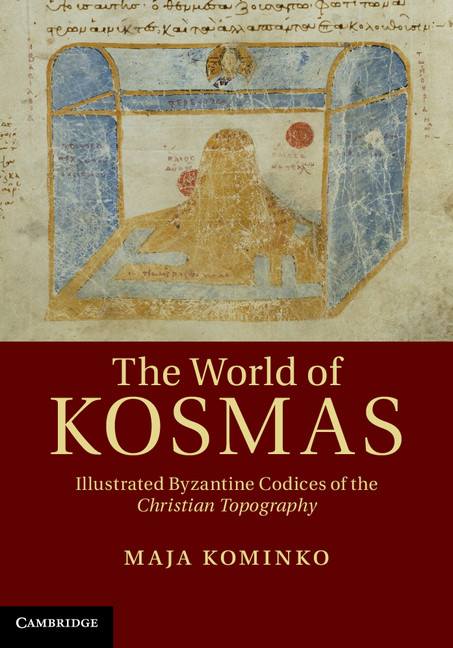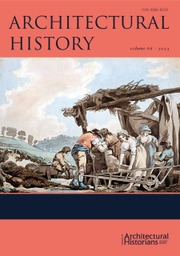Style and Meaning in Late Antique Art
How do we best see and understand the art of late antiquity? One of the perceived challenges of so doing is that this is a period whose visual production has been defined as stylistically abstract and emotionally spiritual, and therefore elusive. But this is a perception which – in her path-breaking new book – Sarah Bassett boldly challenges, offering two novel lines of interpretative inquiry. She first argues, by focusing on the art of late antiquity in late nineteenth-century Viennese intellectual and artistic circles, that that period's definition of late antique form was in fact a response to contemporaneous political concerns, anticipating modernist thinking and artistic practice. She then suggests that late antique viewers never actually abandoned a sense of those mimetic goals that characterized Greek and Roman habits of representation. This interpretative shift is transformative because it allows us to understand the full range and richness of late antique visual experience.
- Provides an interdisciplinary overview of late 19th-century art historical developments and the intellectual context in which they developed to describe how the definition of late antique art was develope
- Explores late ancient rhetorical practice and applies its vocabulary of style to the visual legacy of late antique art
- Offers a new approach to to the enduring question of how best to see and understand the art of late antiquity
Reviews & endorsements
‘This book straddles intellectual history, art history, historiography, and classical studies to make a compelling case that ancient Greco-Roman viewers did perceive style as a meaningful part of the ancient pictorial vocabulary, and to demonstrate how. It is an erudite book, yet it wears its learning lightly. … The amount of scholarship that it distills and renders comprehensible is truly impressive.’ Diliana Angelova, Associate Professor of Art History, University of California, Berkeley
‘This is a thoughtful and ambitious book - rich, learned, original - revealing of long and serious reflection … a significant achievement.’ Elizabeth Sears, George H. Forsyth Junior Collegiate Professor of History of Art, University of Michigan
Product details
August 2024Adobe eBook Reader
9781009466370
0 pages
This ISBN is for an eBook version which is distributed on our behalf by a third party.
Table of Contents
- Introduction
- Part I. Moderns:
- 1. Exploring the 'Dark Continent': Franz Wickhoff, Alois Riegl, and the first definitions of late antiqute art
- 2. Rome on the Danube: late antique art and Austrian identity
- 3. East meets West: archaeology, art history, and the crystallization of late antique art
- 4. Building vocabulary in the 'Epoch of the Great Spiritual'
- Part II. Ancients:
- 5. The styles of mimesis
- 6. Storytelling and the 'illusive similitude of life'
- 7. Ceremonial images and the 'amplification of good things'
- 8. Portraits civic and sacred
- 9. Conclusion: an art of persuasion.







